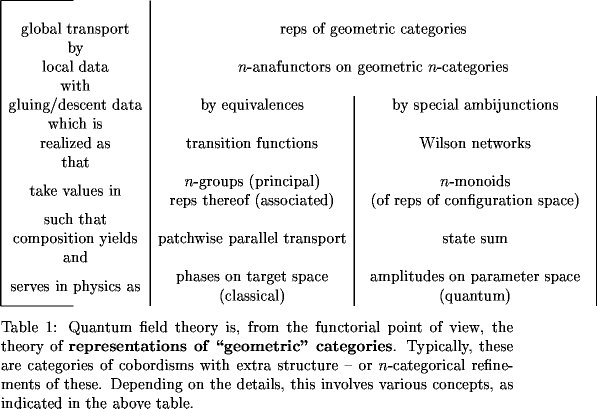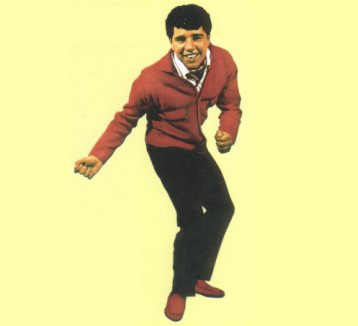Spans in Quantum Theory
Posted by John Baez
Tomorrow I’m getting up at 5 am to catch an airplane, to give this talk the following day:
- John Baez, Spans in quantum theory, lecture at Deep Beauty: Mathematical Innovation and the Search for an Underlying Intelligibility of the Quantum World, conference organized by Hans Halvorson, Princeton University, October 3, 2007.
This will be the first time I’ve been back to Princeton since my undergraduate friends all left sometime around 1984. It’ll be interesting to see how the place has grown. But, it will be strange staying at the Nassau Inn instead of the vegetarian hippie freak coop at 2 Dickinson Street.
It’s also strange that after all these years, I’m being invited by someone in the philosophy department, rather than math. But there’s a kind of poetic justice to it, since I did my senior thesis there under the supervision of John Burgess, in the philosophy department. I was a math major, and my thesis was on ‘Recursivity in Quantum Mechanics’, but I couldn’t get anyone in the math department to advise me on this project — I was young and dumb then, and didn’t realize you were supposed to let them pick you a project. Since my thesis used a lot of recursive function theory, and Burgess knows that stuff, I wound up working with him. And, he helped me a lot!
I’ll eventually write a paper based on this talk. This will be the third of my ‘philosophy of quantum theory’ series. So, you might want to start with the previous two:
- John Baez, Higher-dimensional algebra and Planck-scale physics, in Physics Meets Philosophy at the Planck Scale, eds. Craig Callender and Nick Huggett, Cambridge U. Press, 2001.
- John Baez, Quantum quandaries: a category-theoretic perspective, in Structural Foundations of Quantum Gravity, eds. Steven French, Dean Rickles and Juha Saatsi, Oxford U. Press, 2006.
However, don’t be intimidated — you can also just dive in! Here’s the abstract:
Spans in Quantum Theory
Many features of quantum theory — quantum teleportation, violations of Bell’s inequality, the no-cloning theorem and so on — become less puzzling when we realize that quantum processes more closely resemble pieces of spacetime than functions between sets. In the language of category theory, the reason is that Set is a “cartesian” category, while the category of finite-dimensional Hilbert spaces, like a category of cobordisms describing pieces of spacetime, is “dagger compact”. Here we discuss a possible explanation for this curious fact. We recall the concept of a “span”, and show how categories of spans are a generalization of Heisenberg’s matrix mechanics. We explain how the category of Hilbert spaces and linear operators resembles a category of spans, and how cobordisms can also be seen as spans. Finally, we sketch a proof that whenever is a cartesian category with pullbacks, the category of spans in is dagger compact.
You’ll note that I’m calling ‘em ‘dagger compact’ categories instead of ‘symmetric monoidal categories with duals’. I’m hoping Bob Coecke will do the same in his talk, so we interfere constructively.
One sad thing is that both Chris Isham and Jeremy Butterfield will be unable to attend the conference, due to health reasons. So, Andreas Döring will have to hold up the topos side of things.
Hmm! I thought Princeton University had successfully crushed 2 Dickinson Street a while ago. But now I see they’re far from dead — in fact, they have a webpage!



Re: Spans in Quantum Theory
> I’m hoping Bob Coecke will do the same in his talk,
> so we interfere constructively.
I will. Am already here in Princeton, talking most of the afternoon with Hans Halvorson about categories for physics, quantum logic, Doplicher-Roberts, …